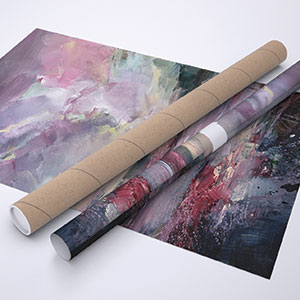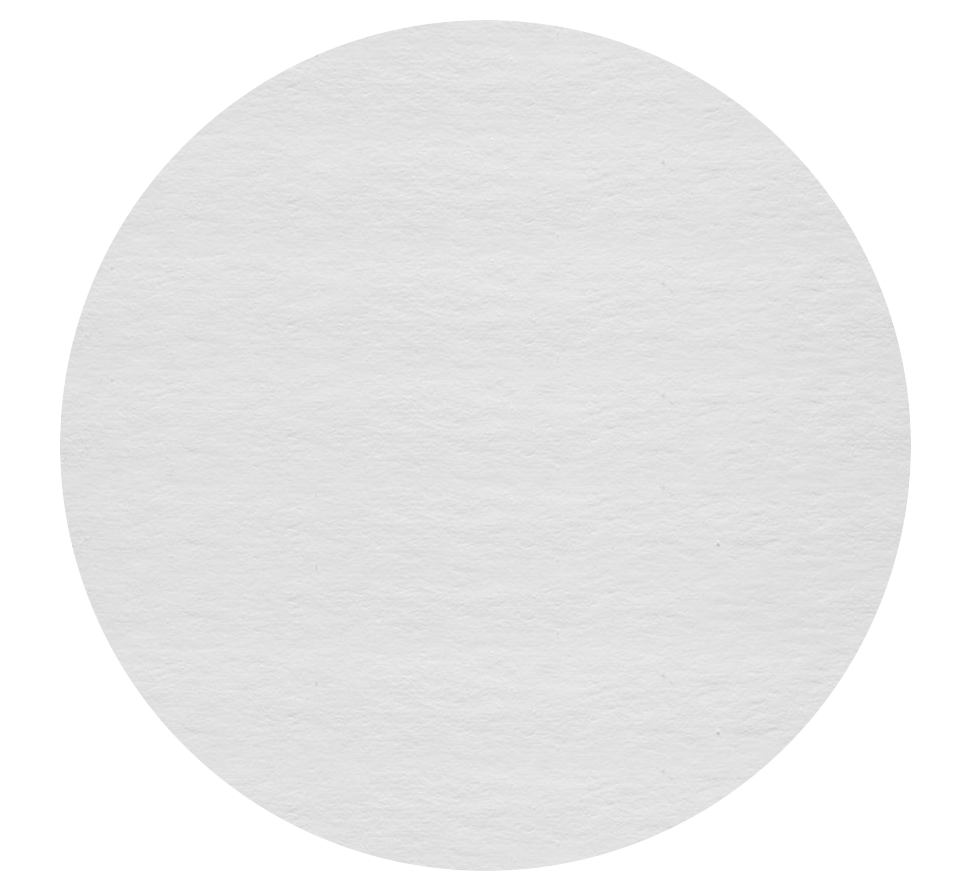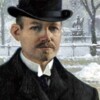Vendeur ArtMajeur by YourArt Editions
Impressions "Fine-art" sur papier
Il s'agit d'un processus d'impression sur papier d'art utilisant des encres pigmentaires de très haute qualité et imprimé en très haute définition. Son niveau de conservation est exceptionnel (plus de 100 ans), sa qualité, sa profondeur et sa richesse de nuances dépassent celles de l'impression photo classique sur papier argentique.

Finition brilliante
Outre son épaisseur exceptionnelle, le papier fibre est composé d'une base d'alpha-cellulose sans acide et il est recouvert de sulfate de baryum, et d'une couche microporeuse améliorant l'absorption des pigments lors de l'impression. Arborant une couleur blanc pur, ne jaunissant pas à la lumière, ce papier est spécialement conçu pour être durable dans le temps. Il est utilisé par les principaux musées du monde entier car il offre une excellente résolution et un rendu de couleurs profondes et denses.
Impression d'art "Fine Art" - Finition brillante sur papier à base de fibres 325 g.

Nos impressions et reproductions haut de gamme
ArtMajeur n'utilise que des papiers naturels au pH neutre, résistants et de haute qualité, sélectionnés par des papetiers de renom!
Une attention constante est portée par notre maître imprimeur, que ce soit en terme de contrôle des couleurs ou de respect de la chaîne graphique. Notre exigence de qualité élevée est un atout majeur pour les tirages d'art encadrés ArtMajeur.
Pour les artistes! Vous aidez les artistes à vivre de leur travail. Leurs royalties leur sont reversées chaque fois que vous achetez leurs impressions.
A propos de nos impressions-
Œuvre d'art originale
Peinture,
Huile
sur Toile
- Dimensions Les dimensions sont disponibles sur demande
- Encadrement Cette œuvre n'est pas encadrée
- Catégories Classicisme Monument
Thèmes connexes
Paul Fischer est né à Copenhague, au Danemark. Il fait partie de la quatrième génération d'une famille juive d'origine polonaise. Philip August Fischer (1817-1907) et Gustafva Albertina Svedgren l'ont eu comme fils (1827-83). La famille appartenait à la classe moyenne supérieure. Son père était peintre, mais il a réussi en fabriquant des peintures et des laques.Au milieu de l'adolescence, il s'inscrit pour deux ans à l'Académie royale danoise des beaux-arts de Copenhague. C'est la seule fois où il a reçu une éducation artistique formelle. Fischer a commencé à peindre dès son plus jeune âge. C'est son père qui lui a appris à le faire. Il travaille dans l'usine de son père de 1878 à 1888 et présente souvent ses œuvres à l'exposition de printemps de Charlottenborg de 1884 à 1902.Grâce à une peinture qu'il a publiée dans Ude og Hjemme, il rencontre de jeunes naturalistes danois et sa réputation commence à grandir. Ses premières peintures montrent comment les gens vivent dans les villes. C'est pour cette raison qu'on l'appelle le "peintre de Copenhague" (Kbenhavns maler). De 1891 à 1895, il vit à Paris, où il rend ses couleurs plus riches et plus claires. Fischer s'est fait connaître comme peintre de scènes urbaines, non seulement de Copenhague, mais aussi de lieux en Scandinavie, en Italie et en Allemagne. Il est à son apogée entre 1890 et 1910.Il a appris de ses pairs norvégiens et suédois, en particulier de Carl Larsson. À cette époque, il peint également des scènes lumineuses et ensoleillées de personnes à la plage, dont certaines avec des femmes nues, et s'intéresse à la réalisation d'affiches après avoir vu les œuvres de Théophile Steinlen et d'Henri de Toulouse-Lautrec.À l'époque où Laurits Tuxen peignait, il était l'artiste le plus important du Danemark. De son vivant, Fischer n'a pas reçu beaucoup d'attention de la part des critiques, mais ses œuvres se sont bien vendues. Lorsque la Suède a rendu la Norvège aux Norvégiens, c'est Fischer, et non Tuxen, qui a été chargé par le roi de Norvège de peindre l'événement. Ce fut une grande victoire pour Fischer sur Tuxen.
Traduit avec DeepL.com (version gratuite)
-
Nationalité:
DANEMARK

- Date de naissance : 1860
- Domaines artistiques: Représenté par une galerie,
- Groupes: Artistes Contemporains Danois Artistes présentés par une galerie








